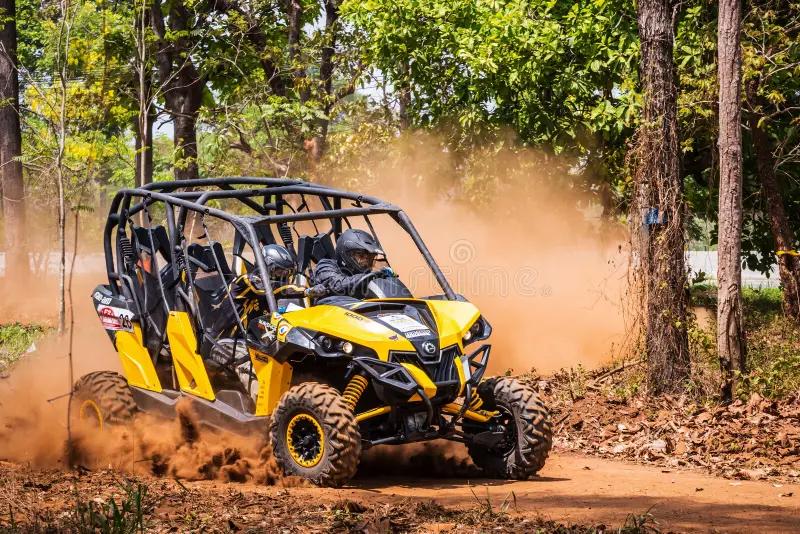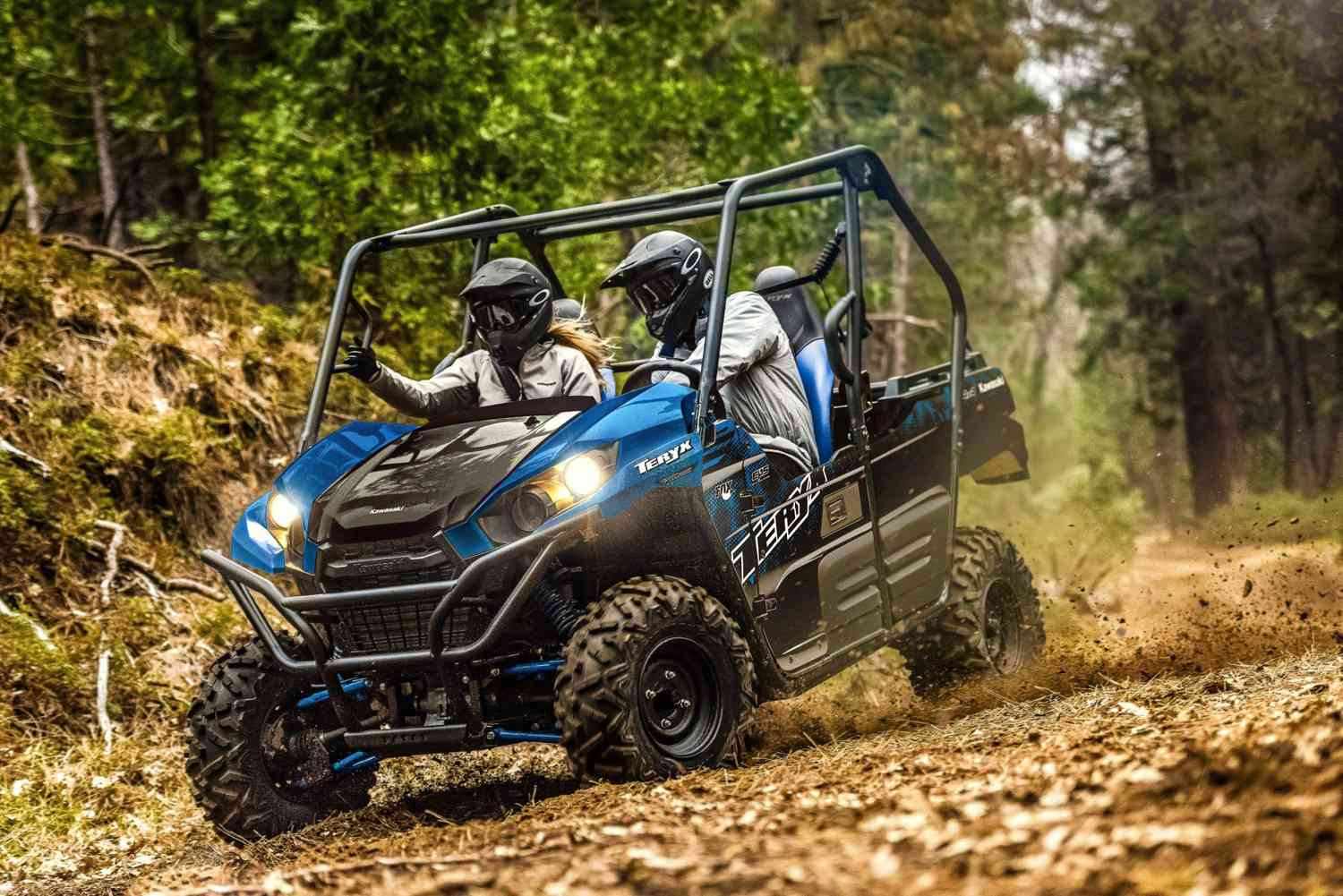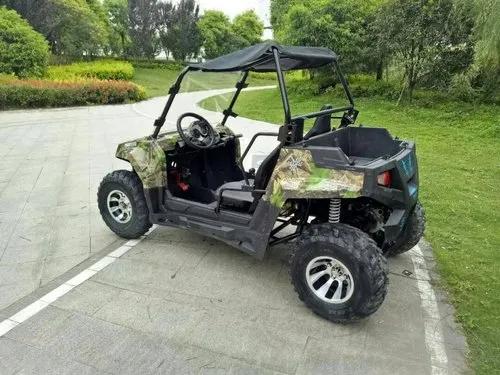
Introduction
The Taiwan 4WD UTV Market size is predicted to reach USD 81.8 million by 2030, at a CAGR of 8.1% from 2025 to 2030. In 2025, Taiwan’s 4WD Utility Terrain Vehicle (UTV) market is experiencing a surge, driven by increasing military expenditure, agricultural modernization, and a growing interest in recreational off-roading. These rugged, four-wheel-drive vehicles are uniquely suited to Taiwan’s diverse terrains, from mountainous regions to rural farmlands. Recent developments, including government policies promoting sustainable vehicles and advancements in UTV technology, are fueling market growth. This article explores the key factors behind the boom in Taiwan’s 4WD UTV market, highlighting the latest trends, challenges, and opportunities shaping its trajectory.
Military Expenditure Driving Demand
A significant driver of Taiwan’s 4WD UTV market in 2025 is the rise in military expenditure. As Taiwan strengthens its defense capabilities amid regional geopolitical tensions, UTVs are becoming essential for military operations. These vehicles are valued for their durability and versatility in navigating rugged terrains, making them ideal for transporting supplies, personnel, and equipment in challenging environments. Their compact size and ability to operate in conditions where larger vehicles struggle are critical for tactical efficiency in defense operations.
Recent reports highlight that Taiwan’s defense sector is investing in specialized UTVs equipped with advanced features like enhanced suspension systems and secure communication modules. Companies like Polaris Inc. and Kawasaki Motors Corporation are tailoring their offerings to meet military specifications, such as MIL-STD-810 standards for environmental resilience. These vehicles are used for reconnaissance, logistics, and rapid response, contributing significantly to market expansion.
Agricultural Modernization and Utility Applications
Taiwan’s agricultural sector is another key contributor to the 4WD UTV market’s growth. With ongoing investments in modern farming practices, farmers are adopting UTVs for their ability to handle tasks like crop transport, equipment hauling, and field monitoring across uneven terrains. In regions like Yunlin and Chiayi, where agriculture is a cornerstone of the economy, UTVs are replacing traditional vehicles due to their maneuverability and load-carrying capacity.
In 2025, manufacturers are focusing on utility-focused UTVs with features like high-torque engines and electronic fuel injection (EFI) systems, which improve fuel efficiency and performance. Brands like Yamaha Motor Corporation and Deere & Company are introducing models with larger cargo beds and modular designs, catering to the specific needs of Taiwanese farmers. These advancements are enhancing productivity and reducing operational costs, driving adoption in rural areas.
Recreational Off-Roading and Tourism
While military and agricultural applications dominate, recreational off-roading is gaining traction in Taiwan, particularly in areas like Taroko National Park and the Alishan mountain range. The rise in domestic tourism, spurred by post-pandemic recovery efforts, has increased demand for 4WD UTVs among adventure enthusiasts. Rental operators are expanding their fleets to offer off-road tours, capitalizing on Taiwan’s scenic trails and rugged landscapes.
The recreational segment is also benefiting from innovations in UTV design, such as terrain-sensing AI and GPS navigation, which enhance safety and user experience. Electric and hybrid UTVs are becoming popular in this sector, aligning with Taiwan’s push for sustainable tourism. These eco-friendly models reduce noise and emissions, making them suitable for environmentally sensitive areas, further boosting their appeal to rental operators and tourists.
Government Policies and Sustainability
Taiwan’s government is indirectly supporting the 4WD UTV market through policies aimed at promoting sustainable transportation. Initiatives to reduce carbon emissions, similar to Thailand’s EV 3.0 and EV 3.5 schemes, are encouraging manufacturers to develop electric UTVs. While these policies primarily target passenger vehicles, they are creating opportunities for UTV manufacturers to innovate with battery-powered models. Tax incentives for eco-friendly vehicles are also incentivizing companies like Textron Inc. to invest in greener UTV solutions.
However, environmental regulations pose challenges. Strict rules to protect Taiwan’s natural landscapes could limit off-road activities in certain areas, impacting recreational UTV use. Manufacturers must balance performance with compliance, ensuring that vehicles meet emission standards while maintaining the durability required for military and agricultural applications.
Technological Advancements and Industry Players
Technological innovation is a cornerstone of Taiwan’s 4WD UTV market growth. In 2025, manufacturers are integrating advanced features like autonomous navigation, multi-sensor fusion, and remote teleoperation into UTVs. These technologies enhance functionality, making vehicles suitable for diverse applications, from precision agriculture to military reconnaissance. For example, Polaris Inc.’s latest models feature AI-driven terrain adaptation, allowing seamless operation across Taiwan’s varied landscapes.
Major players like Yamaha Motor Corporation, Kawasaki Motors Corporation, and Honda Motor Co., Ltd. are leading the market with robust product portfolios. These companies are forming partnerships with local distributors to expand their reach in Taiwan, focusing on tailored solutions for military, agricultural, and recreational users. The emphasis on electric powertrains is also driving innovation, with companies exploring battery technologies to improve range and performance in rugged conditions.
Challenges Facing the Market
Despite its growth, the Taiwan 4WD UTV market faces several challenges. High maintenance costs for advanced UTVs, particularly electric models, can deter adoption among small-scale farmers and recreational users. The lack of a comprehensive after-sales service network, a concern echoed in the EV sector, poses risks for UTV owners, with issues like limited spare parts availability and delayed repairs. Additionally, economic uncertainties, such as potential U.S. tariffs on Taiwanese exports, could impact the affordability of imported UTV components, affecting market dynamics.
Opportunities for Growth
The market offers significant opportunities, particularly in the development of electric and hybrid UTVs. As Taiwan prioritizes sustainability, demand for eco-friendly vehicles is expected to rise, especially in the recreational and agricultural sectors. The integration of smart technologies, such as swarm coordination and autonomous driving, could also open new applications in disaster response and remote monitoring, particularly in Taiwan’s typhoon-prone regions.
The growing interest in adventure tourism and the government’s focus on rural development present additional opportunities. By addressing challenges like after-sales support and environmental compliance, manufacturers can tap into Taiwan’s diverse market potential, ensuring sustained growth.
Conclusion
Taiwan’s 4WD UTV market is booming in 2025, driven by military expenditure, agricultural modernization, and a growing recreational sector. Government policies promoting sustainability and advancements in electric and smart UTVs are further fueling growth. Despite challenges like high maintenance costs and economic uncertainties, opportunities in eco-friendly vehicles and emerging applications signal a promising future. As Taiwan continues to invest in defense and rural development, the 4WD UTV market is poised to play a critical role in shaping the country’s economic and recreational landscape.





















Write a comment ...